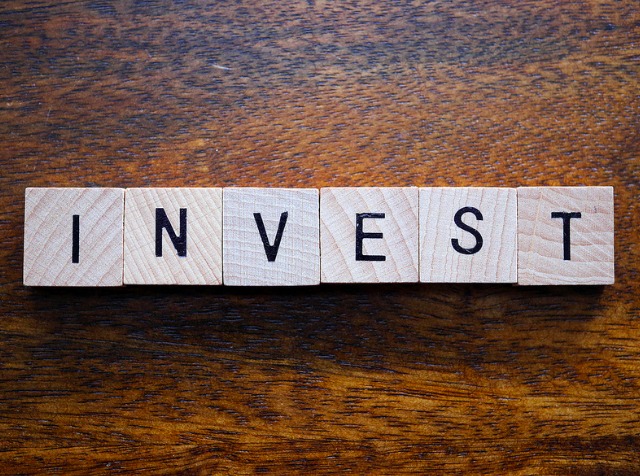As we come into the close of the year there is no shortage of drama and uncertainty on the horizon. Many commentators are expecting political turmoil no matter who wins the election.
Talk of a second wave of COVID related lockdowns is picking up as we head into the colder months of the year.
In this letter we will focus on the uncertainty surrounding the election, the economic weakness that is becoming evident, and what the financial indicators are telling us.

Animal Spirits
By way of backdrop, let’s start with the speculative fervor we saw in the third quarter. The area that best exemplifies the animal spirits present in the stock market is the tech sector.
At the September 2nd high, the tech sector was up a bit over 22% for the quarter. To put that in perspective, that size gain would be excellent for an entire year. Until recently, newly minted stock investors (gamblers?) were betting on higher prices for the largest tech stocks such as Apple and Microsoft.
These bets were made using call options that expire worthless if the buyer guesses wrong on the price and timing of the bet. The increase in the Tesla share price is another sign of a speculative bubble.
At the peak of the tech move, Tesla was valued as if it owned the entire automobile market as well as markets that it is not even in today. For their 2nd quarter results, most of Tesla’s profits came from selling emissions credits to other auto manufacturers. An automaker that does not make a profit on selling cars is not a healthy sign.
Election Uncertainty
As I write this letter Biden is leading the polls for the presidency. Betting markets are showing a strong possibility of a Democratic sweep in elections. Should that come to pass, under the Biden plan, Americans and corporations can expect higher taxes.
For wealthy investors, long term capital gains are expected to move from 23.8% to 44.3%. Likewise, corporations can expect higher taxes. On the plus side, taxpayers should see full deductibility of state and local taxes.
Congress is scrambling to get a stimulus bill passed for $2 trillion in support for the economy amidst the damage from COVID related interruptions to business. Whether it passes now or after the elections there is bi-partisan interest in passing more stimulus to support the economy.
The question is whether the Democrats will agree to a stimulus bill before the election. It seems unlikely that the Democrats would support a Trump re-election. Rather, I expect the bill to be postponed to the next year when the new congress convenes.
Economic Weakness
In contrast to surging stock markets, the economic landscape is showing fundamental signs of weakness. A recent study conducted by LendingTree shows that 43% of small businesses surveyed stated that their revenues had decreased by over 50% (see graph below).
The same message is present in the employment numbers. Hours worked in many metropolitan areas are down 20% or more. Further, there are over 25 million people still receiving some form of unemployment benefit.
Lastly, after having peaked in June, job postings are down significantly from the start of the year.
As we progress through the 4th quarter an increasing number of small businesses and individuals will likely come under further pressure.
Stimulus programs that were initiated under the COVID umbrella are now winding down. As supports fall off, in my opinion, the economy will weaken further.
Financial Indicators
At the start of the fourth quarter, a number of financial indicators are pointing to a dip back into an economic slowdown. The longest duration bonds have been holding up and making tentative moves to the upside.
The US dollar has begun moving up after consolidating in price. And lastly, volatility in the stock market remains elevated and rising.
The largest US banks have been buying long dated treasury bonds. These are the smartest players in the treasury markets. Concurrently, speculators are betting aggressively on lower prices. Speculators’ bets are at their most extreme level ever—and ever is a long time. Historically, insiders are more often right than speculators.
The US dollar is closely tied to performance in the treasury market. As investors around the world look for a safe haven, they use dollars to buy US treasury bonds. In my view, a renewed slowdown in economic growth should accelerate the move to US dollars.
In strong bull markets, as stocks continue to set new records higher volatility typically decreases. At the start of the year, the VIX index, which measures volatility in the S&P 500, was as low as 12. Today, with the S&P 500 about 8% higher, the VIX sits at 29, more than double its level earlier in the year.
At a level of 30 in the VIX most stocks become uninvestable due to the volatility in the market. At the moment there is more risk than potential reward in the stock market. My main focus right now is to preserve capital.
When opportunities present themselves, in my opinion, we will have plenty of dry powder to take advantage of the situation.
Photo Credit: Yuri Samoilov via Flickr Creative Commons
Disclosure: This publication may contain forward-looking assessments. These are based upon a number of assumptions concerning future conditions that ultimately may prove to be inaccurate. Such forward-looking assessments are subject to risks and uncertainties and may be affected by various factors that may cause actual results to differ materially.


